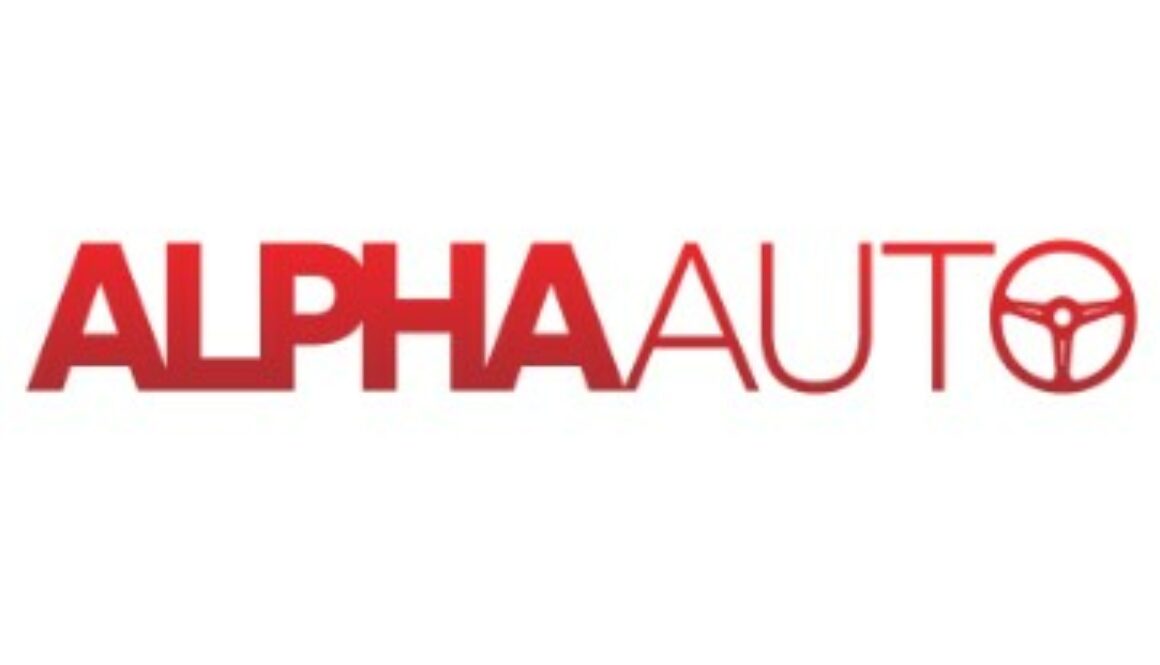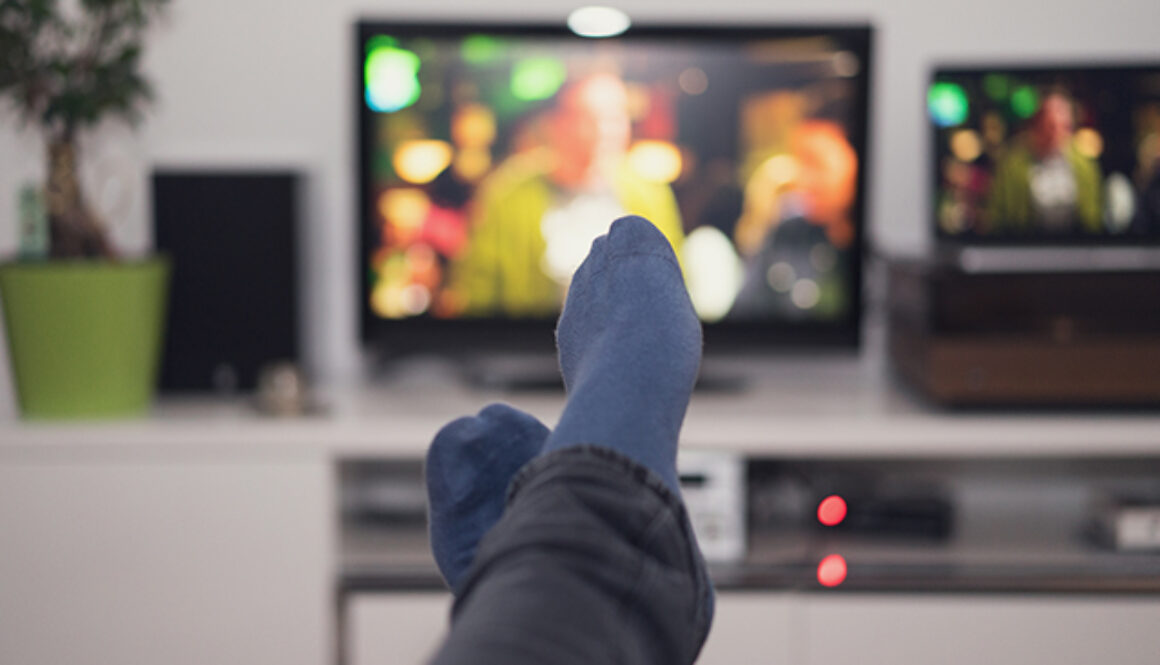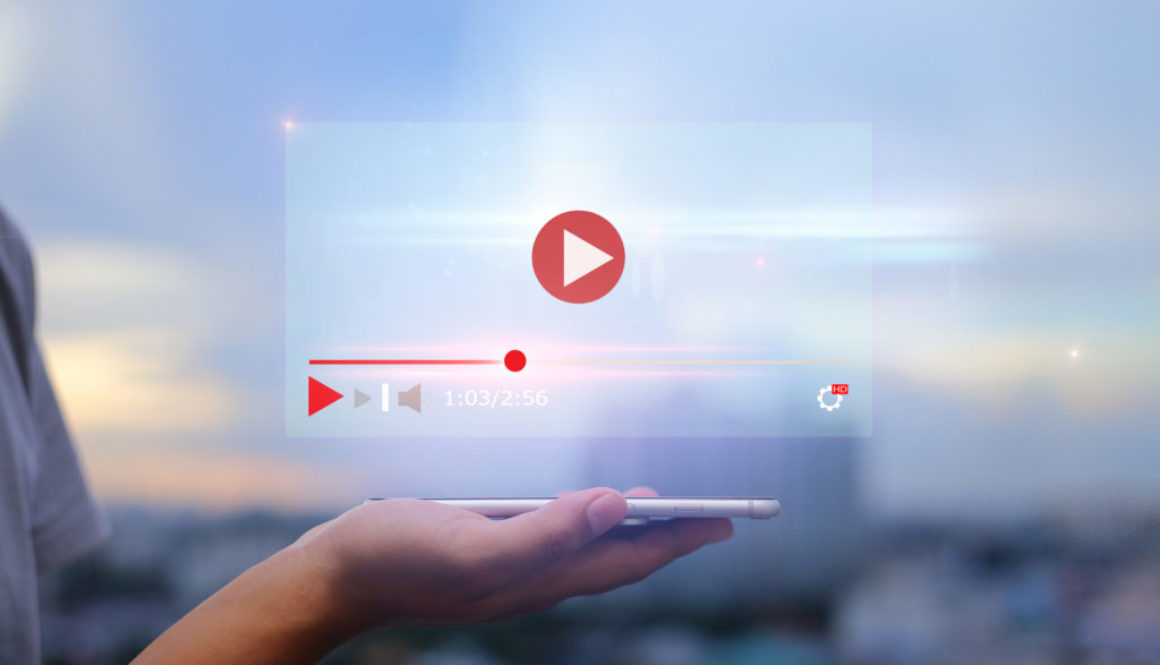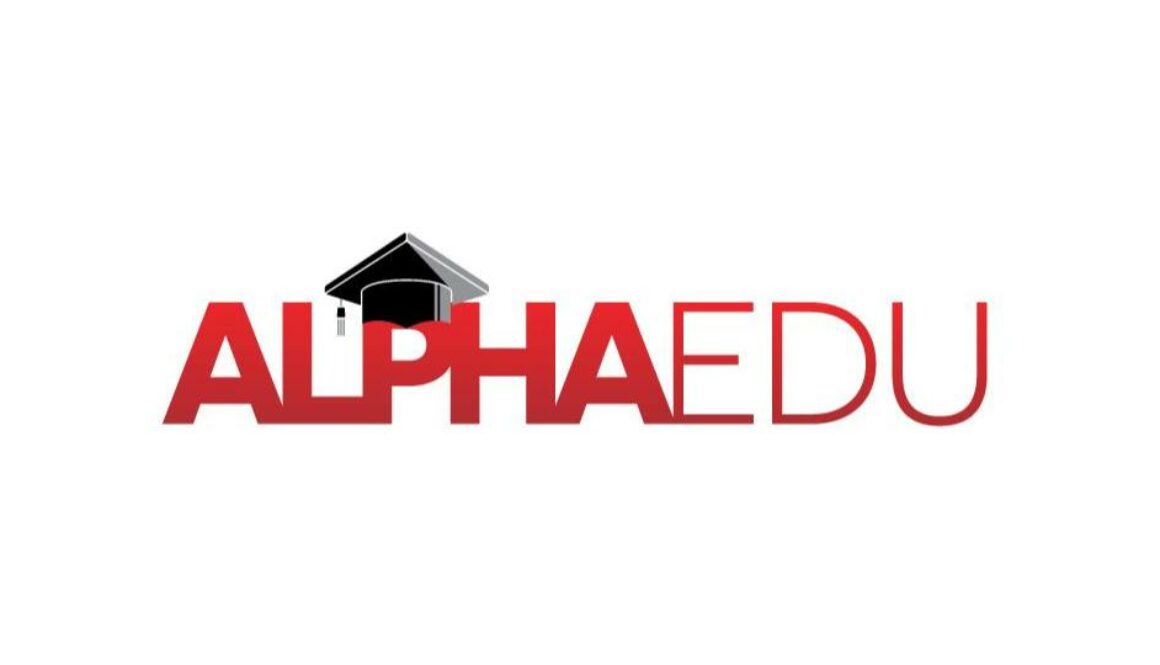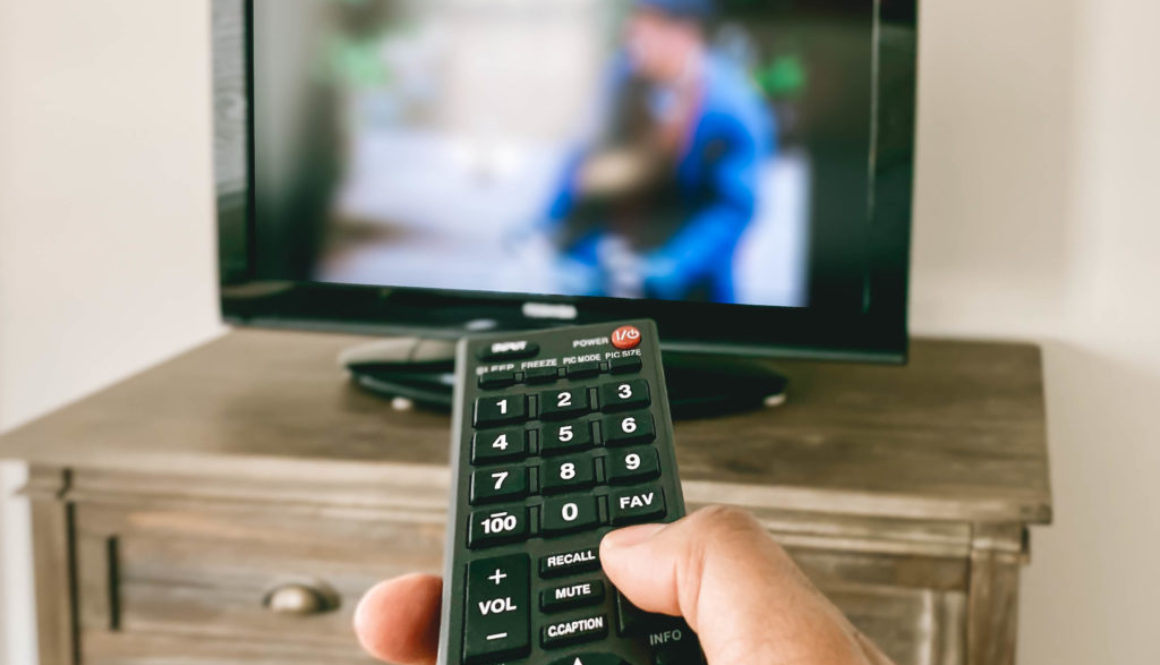How The Automotive Industry Can Thrive in 2024 and Beyond
In challenging times, the automotive industry should continue marketing to maintain visibility, stay top of mind for potential customers, and adapt to evolving consumer needs. Consistent marketing fosters brand resilience, sustains customer engagement, and positions the business for recovery when economic conditions improve. Despite the current challenges facing automotive businesses, there are numerous marketing trends available for automotive businesses. These trends can be adopted to reach their target audience and foster the growth of their businesses.
Here are some of the top marketing trends for automotive in 2024:
- Digital marketing: Digital marketing is more important than ever for the automotive industry. This includes search engine optimization (SEO), pay-per-click (PPC) advertising, dynamic ads and social media marketing. Automotive businesses must optimize their websites for search engines and run efficient PPC campaigns. They also need to be active on social media and create engaging content that will resonate with their target audience.
- Personalized marketing: Automotive businesses need to personalize their marketing messages to reach their target audience more effectively. This can be done by collecting data on customers’ interests and demographics and then using this data to tailor marketing messages accordingly. Automotive businesses can also use personalization to create targeted email campaigns and social media ads.
- Omnichannel marketing: Omnichannel marketing integrates messages and experiences across online, offline, and mobile channels. Automotive businesses need to create a seamless and consistent customer experience across all channels. Ensure consistent delivery of marketing messages across channels and seamless customer transitions between them.
- Video marketing: Video marketing is a powerful tool that automotive businesses can use to engage their target audience and tell their brand story. Automotive businesses can create videos about their products, their services, and their company culture. They can also use video to create customer testimonials and product demos.
- Influencer marketing: Influencer marketing is a great way for automotive businesses to reach their target audience and build trust. Automotive businesses can partner with influencers who have a following among their target customers. Influencers can create and share content about the automotive business’s products and services with their followers.
By adopting these marketing trends, automotive businesses can reach their target audience more effectively and grow their businesses despite the current challenges facing the industry.
In addition to the trends listed above, here are some other emerging marketing trends for automotive in 2024:
Artificial intelligence (AI) offers opportunities for personalized marketing messages, targeted ads, and enhanced customer service. Utilizing AI can empower automotive businesses to elevate their marketing campaigns and enhance the overall customer experience.
The use of augmented reality (AR) and virtual reality (VR): AR and VR can be used to create immersive and engaging experiences for customers. Automotive businesses can use AR and VR to allow customers to see how a car would look in their driveway before they buy it.
The use of social commerce: Social commerce is the integration of social media and e-commerce. Automotive businesses can use social commerce to make it easier for customers to buy their products directly from social media platforms.
AlphaAuto: Your Partner in Automotive Marketing Success
In navigating the challenges of the automotive industry, a strategic marketing partner can make all the difference. Our AlphaAuto team specializes in crafting tailored marketing strategies that resonate even in challenging times. Let us be your partner in driving visibility, engaging customers, and navigating the road ahead. Together, we can steer your automotive business towards success. Contact us today Contact us today to explore how Alpha Media can elevate your marketing efforts and propel your brand forward
Follow us on social media for the latest content and stay up-to-date on the latest marketing news.
